Harapan4D : Togel Hongkong, Data Keluaran HK, Data Keluaran SGP, Togel Singapore Hari Ini
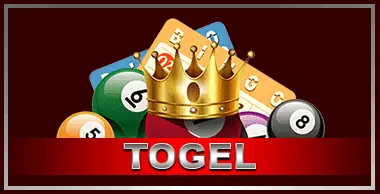
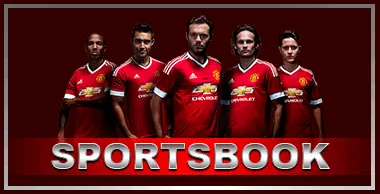
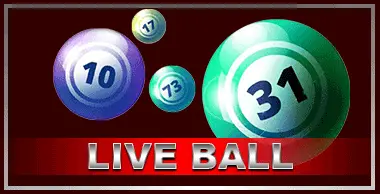
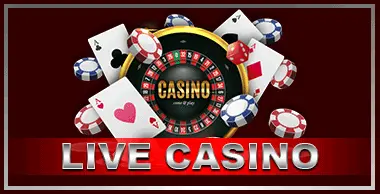
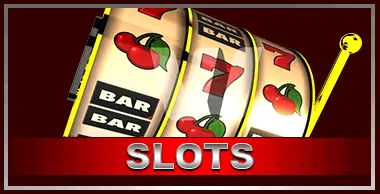
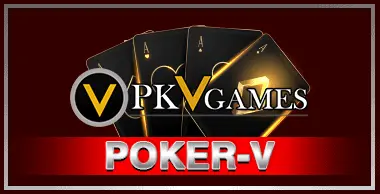






| Informasi Bandar Togel Online Terpercaya | |
|---|---|
| Situs Togel Online | HARAPAN4D |
| Fitur | Main togel hari ini dengan berbagai pasaran resmi seperti togel hongkong maupun togel singapore |
| Info Togel Hari Ini | Data Keluaran SGP Hari Ini, Data Keluaran HK Hari Ini, Keluaran SDY |
| Jadwal Keluaran SGP | Jam 17:45 Wib |
| Jadwal Keluaran HK | Jam 23:00 Wib |
| Bonus | CASHBACK 5% |
| Jam Pasang Togel Hari Ini | 24 Jam |
| Game Judi Online Terlengkap | Togel Online, Slot Online, Poker Online, Judi Bola SBOBET |
Situs harapan4d adalah sebuah halaman yang berisikan tentang informasi terkait keluaran hk dan keluaran sgp hari ini. Di samping itu, kamu juga bisa menikmati data sgp prize dan data hk pools untuk mendapatkan info tentang togel hari ini. Sebagai bettor baik itu bettor judi togel hongkong pools maupun togel singapore pools pastinya mengharapkan hasil result yang cepat dan tepat. Maka dari itulah kami menyediakan keluaran hongkong serta keluaran singapore untuk anda semuanya
Seperti yang sudah kamu lihat, diatas terdapat tabel yang berisi togel hongkong serta togel singapore terlengkap di indonesia. Kalian bisa mengakses fasilitas tersebut dengan cuma-cuma dan kabar baiknya adalah situs harapan4d buka selama 24 jam. Jadi bagi kamu yang ingin mendapatkan informasi seputar judi togel singapore hongkong paling update di negara kita. Kami tentunya akan memberikan pelayanan bintang lima kepada semua member kami.
Togel hongkong hari ini keluar berapa bisa kamu saksikan secara langsung melalui tabel data hk prize terlengkap kami. Setiap harinya pada jam sebelas malam kami akan update pada data hk master. Jadi bagi para bettor setia togel hk prize harus selalu standby pada halaman kami menjelang jam tersebut. Jangan lupa untuk melihat kolom tanggal dan hari di data hk pools agar tidak salah melihat keluaran hk terbaru.
Selain untuk melihat togel hongkong malam ini, data hk hari ini juga memiliki fungsi lain. Tabel data hk master sering kali di pakai oleh para master prediksi untuk melakukan kalkulasi result berikutnya. Sehingga kelengkapan pada tabel data hk merupakan hal yang sangat penting untuk kita perhatikan. Kurang 1 baris saja bisa berakibat fatal dan menyebabkan kerugian besar. Maka dari itu jangan sampai salah memilih situs untuk berlangganan, pastikan diri anda masuk ke website yang tepat dan kredibel.
Data sgp prize live draw banyak di gunakan sebagai panutan bermain bagi para togelers. Hasil jackpot tentunya bisa kamu dapatkan melalui result pengeluaran sgp hari ini seperti harapan4d. Kami tentunya menyediakan layanan result pengeluaran sgp live tercepat agar semua pemain bisa dengan cepat mendapatkan hasil taruhan. Hasil pengeluaran sgp hari ini yang terbaru akan kami umumkan pada pukul 17.45 di hari senin, rabu, kamis, sabtu dan minggu.
Nantinya semua pengeluaran togel singapore hari ini tersebut akan kami masukkan ke dalam data sgp terlengkap. Sehingga pembaca semuanya bisa mudah dalam menggunakan tabel data sgp. Harapan4D tentunya selalu berkomitmen penuh dalam menyediakan hasil pengeluaran sgp tercepat untuk kalian. Jadi jangan sampai kalian menyia-yiakan fasilitas yang telah kami sediakan. Gunakan data sgp semaksimal mungkin agar performa taruhan anda akan semakin tinggi.
Mungkin masih banyak dari kalian yang tidak tahu dari mana harapan4d mengambil result pengeluaran hk dan result keluaran sgp. Sebagai pemain tentunya kita harus tahu betul seluk beluk dan latar belakang sebuah situs. Karena kita harus memastikan semua hasil pengeluaran hk malam ini dan result keluaran sgp hari ini merupakan hasil live draw yang valid dan resmi. Maka dari itulah kami akan menjelaskan asal usul dari semua togel yang kami umumkan untuk anda.
Untuk pasaran togel hkg sendiri kami langsung mengambil pengeluaran hk hari ini dari situs resmi hongkongpools.com. Sedangkan singaporepools.com.sg merupakan sumber utama untuk hasil keluaran togel sgp atau toto sgp. Dulunya 2 situs resmi tersebut selalu ramai di kunjungi oleh togelers di negara kita. Namun pemerintah melakukan pembatasan akses karena mengandung konten judi online. Sehingga kini para pemain baik itu togel hkg dan togel sgp kebingungan dalam mencari website alternatif. Sebab itulah harapan4d mengambil inisiatif untuik menyediakan result keluaran sgp serta pengeluaran hk tercepat di tanah air.
Togel hongkong kini sudah menjadi salah satu pasaran togel online raksasa yang banyak di minati oleh masyarakat. Sekilas permainan togel hkg merupakan game yang sangat mudah, simple dan enak untuk di mainkan. Kita hanya perlu menerka dengan tepat keluaran hk selanjutnya. Namun banyak bettor toto hk yang kalah sewaktu melakukan taruhan dan cenderung merugi. Walaupun kelihatan simple, namun sebelum bertaruh anda wajib melakukan kalkulasi menggunakan data keluaran hk. Hal tersebut ditujukan agar winrate taruhan togel hongkong kita semakin tinggi.
Contoh penggunaan data keluaran hk hari ini yang sederhana yaitu tidak memasang angka yang sudah keluaran dalam 1 minggu terakhir. Jika kita harus mengingat semua keluaran hk hari ini luar kepala tentu akan sangat melelahkan. Sehingga kumpulan togel hongkong sangatlah penting agar kita tidak salah pasang. Metode tersebut telah terbukti manjur dan sering di pakai oleh pemain togel hkg. Kamu juga harus mencobanya agar tidak sering mengalami kekalahan.
Seperti yang kita ketahui, kini pasaran toto sgp dan toto hk prize sedang menjadi 2 pasaran dengan market terbesar. Hal tersebut tidaklah mengherankan mengingat kedua judi tersebut sudah ada sejak tahun 1990-an. Dan kini dengan kehadiran internet permainan toto hk pools dan toto sgp prize bisa kita akses melalui ponsel. Ada banyak bandar togel sgp dan togel hkg yang beredar di internet sehingga kita bisa dengan mudah memilihnya.
Selain itu bermain dari ponsel tentunya lebih aman karena orang di sekitar tidak pernah tau kalau kita sedang memasang angka hoki toto sgp maupun toto hk. Jadi kita lebih aman dari radar pihak berwenang. Kemudahan seperti akses data sgp tentunya hanya bisa kita nikmati di era informasi teknologi seperti sekarang. Jangan lupa untuk selalu menyaksikan live draw toto sgp hk prize melalui situs harapan4d.
Sebelum bisa merasakan kemenangan bermain judi togel online, tentunya kita harus bergabung di situs bandar judi terlebih dahulu. Bagi kamu yang masih ragu atau bingung dalam menentukan pilihan, lebih baik mencoba peruntungan anda di situs harapan4d. Bandar judi tersebut menyediakan berbagai fasilitas dan kemudahan untuk membernya. Selain itu kita juga bisa mudah menemukan halaman resminya melalui mesin pencarian seperti google ataupun melalui sosial media lainnya.
Situs harapan4d sendiri telah mendapatkan predikat sebagai bandar togel online terbaik pada tahun ini. Karena selalu berhasil memberikan keuntungan besar kepada semua membernya. Keuntungan yang pertama adalah kita bisa menikmati diskon ketika memasang angka togel hari ini baik itu pasaran togel singapore maupun togel hongkong. Selain itu masih ada banyak pasaran togel online resmi yang bisa kamu jajal dan nikmati seperti togel sdy. Dan tidak lupa juga, kalian juga berhak mendapatkan akses kedalam data keluaran sdy live draw tercepat. Kamu juga akan di temani oleh team customer service yang berpengalaman selama 24 jam. Kita tinggal klik pada icon live chat agar bisa mendapatkan bantuan dari cs.